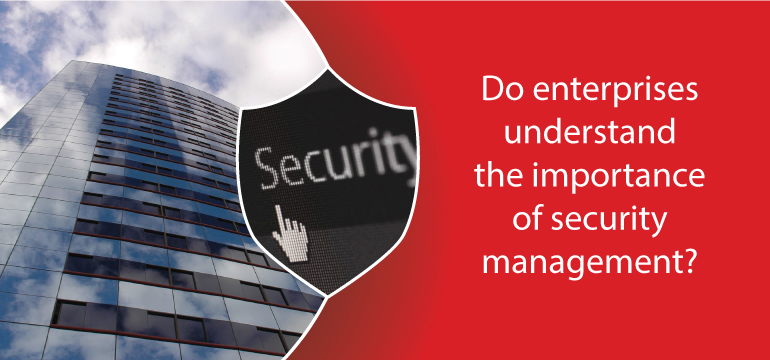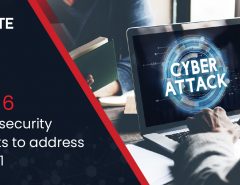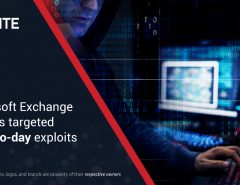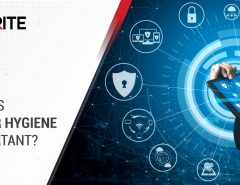Businesses increasingly face a wide array of ever-changing cyber risks as they adapt to the technologies and trends of today’s work environment. The world is in the throes of a digital revolution which has constituted a wide array of changes that enterprises must manage, from the Internet of Things to mobility management and many more. To ensure that enterprise security does not get breached, the importance of Enterprise Security Management (ESM) cannot be understated.
Defining Enterprise Security Management
Enterprise Security Management refers to entire set of end-to-end processes through which an enterprise creates a security management framework for their organization. A comprehensive ESM process will include a wide range of security protocols that an enterprise is following including endpoint security, network security management, Intrusion Prevention & Detection Systems, Encryption, Backup, Patch Management, Mobile Device Management (MDM), Incident Response Plans and so on.
As mentioned earlier, Enterprise Security Management is the key function that ties the entire organization with cyber security. It is in many ways, the one inter-related process which connects the enterprise’ cyber security outlook and shapes its attitude and outlook towards threat prevention. A perfectly designed Enterprise Security Management process will ensure that all the different parts of the process work well in sync with each other, doing the job of protecting the enterprise from cyber threats outside. However, a disconnected process will result in one hand not knowing what the other is doing, causing confusion and incoherence in the entire enterprise. The consequences of this can be severe – cyber criminals are always on the lookout for such enterprises and a cyber attack could lead to both financial and reputational damage.
To go about creating a strong ESM process, it is important to first do a proper assessment of the following factors:
- Critical Data – All data is not the same and this is common for all enterprises. There will be data that is absolutely critical to the company and cannot be breached, there will be data that is confidential and there will be data which is none of the above two. An assessment needs to be made about this categorization of data, as that will help in creating different layers of data security.
- Policies in place – Are the policies in place helping drive employees and the company’s outlook towards cyber security? Information security and cyber security are linked and it is a good idea to do a thorough review of the Information Security Policy of a company before finalizing on an enterprise security management approach.
- Likely threats – A threat assessment report is very important for an enterprise to identify the types of the threats that they are most vulnerable against. This will help in creating strategies and contingency plans to deal with such threats. Threats can also be classified into categories as 1. Extreme Vulnerability, 2. Medium Vulnerability, 3. Low Vulnerability.
- Patch management – What is the current state of infrastructure, especially patch management? Is the enterprise using outdated software and hardware, poorly patched and hence making itself vulnerable to cyber attacks?
- MDM readiness – With business shifting to mobile devices and the lines between the personal and the professional blurring, enterprises must evaluate their readiness when it comes to Mobile Device Management (MDM) and come to an agreement about the kind of security controls they would like to impose.
The above points make it quite evident about the importance of Enterprise Security Management (ESM). For support in this regard, organizations can consider Seqrite, a leader in cyber security, for the provision of a secure platform for businesses to keep their data safe online. A multi-layered solution offers a range of powerful tools to allow enterprises to block malware, vulnerabilities and unauthorized alien access, leading to an unrisk enterprise.




